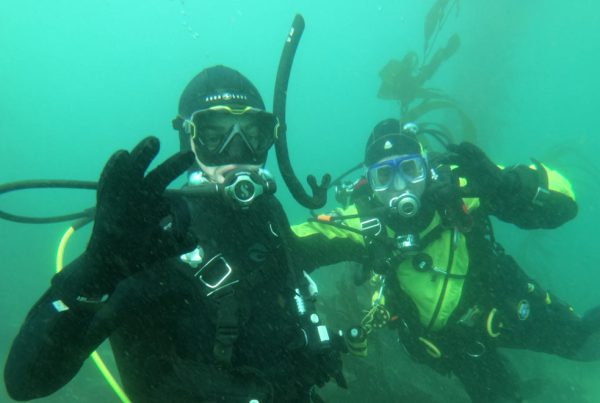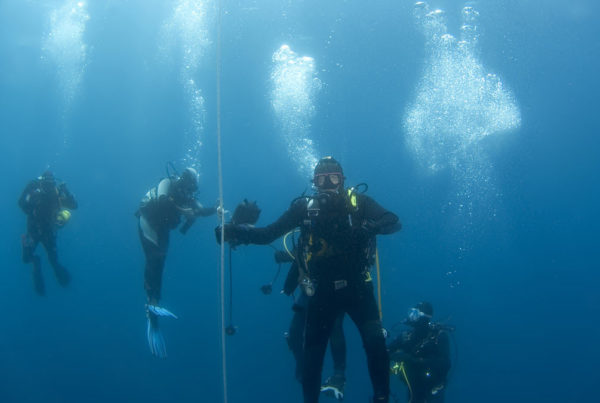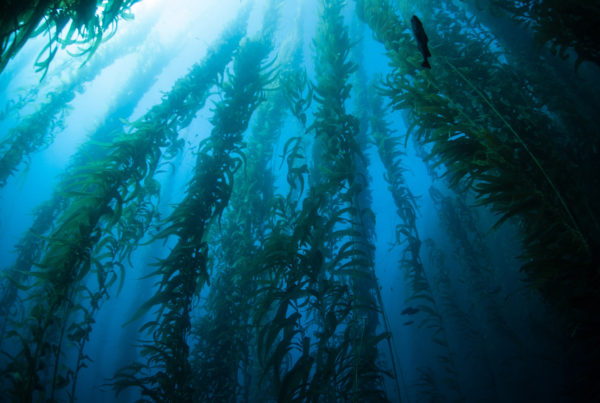My buddy swam up with a determined look on his face. A series of grunts and hand signals followed, but I had no clue what he was trying to communicate. He became frustrated and looked more like a Neanderthal with a toothache than the good diver he was. We proceed to the surface to figure out what he was trying to say.
I’m sure everyone reading this has a similar story to tell. There must be a better way to communicate beyond the basic hand signals taught in open water classes. Well, now there is. SeaSigns, Inc. developed a sign language program, specific for scuba divers that is based on American Sign Language. In their program concepts developed in American Sign Language were simplified for divers, and specifically adapted to be fun, easy-to-learn, and includes signs for communicating safety issues.
I was introduced to “Fun and Safety Signing” by Bill Oakes, owner of California Dive Center in San Bruno, CA. Bill talked me into taking their signing class and I am very happy I did. With a minimal investment of a few hours in the classroom and an hour in the pool I learned (and remembered) over 100 signs, and am now able to communicate a whole lot better.
Back in the early ’80’s Bill joined a boat-load of divers who knew American Sign Language. He decided to learn to sign, because it was so cool to watch divers talk underwater. However, American Sign Language is like any other language—a total beast to learn. When the SeaSigns program was introduced he knew it was for him and his staff. In fact California Diver Center is the only shop that requires all of its instructors to learn sign language. Bill had dive staff from other stores come in to take the course, just because they saw his instructors signing underwater. He is currently the only Safety Signing Instructor Trainer in Northern California.
To my knowledge, the Safety Signing Diver specialty is the only one that is endorsed by multiple training agencies. This makes it truly unique, and available to most divers, regardless of their preferred training agency.
This class starts out with fun signs where you learn to communicate things like, “Do you see the red nudibranch near the yellow shell?” and progresses into safety-related communication ranging from determining the direction to the boat, to asking for, and offering, assistance with gear problems. During the class we learned to sign numbers, colors, and how we were feeling. We also learned diving-specific signs for scuba equipment, marine animals, and terms like depth and tank pressure. These signs were put these together into easy-to-understood sentences.
Okay, so who should become a Safety Signing Diver? Anyone who dives with a buddy and wishes to communicate quickly and effectively. All of us, right? Diving professionals will see the benefits early on as it allows instructors and divemasters to communicate student’s problems/needs very rapidly and clearly. Underwater photographers will find this useful in interacting with models, and in working with other photographers to film difficult or hard-to-find subjects. For most of us, the bottom line is that easy, effective underwater communication simply makes diving more fun.
For more information, check out www.SeaSigns.com online.









